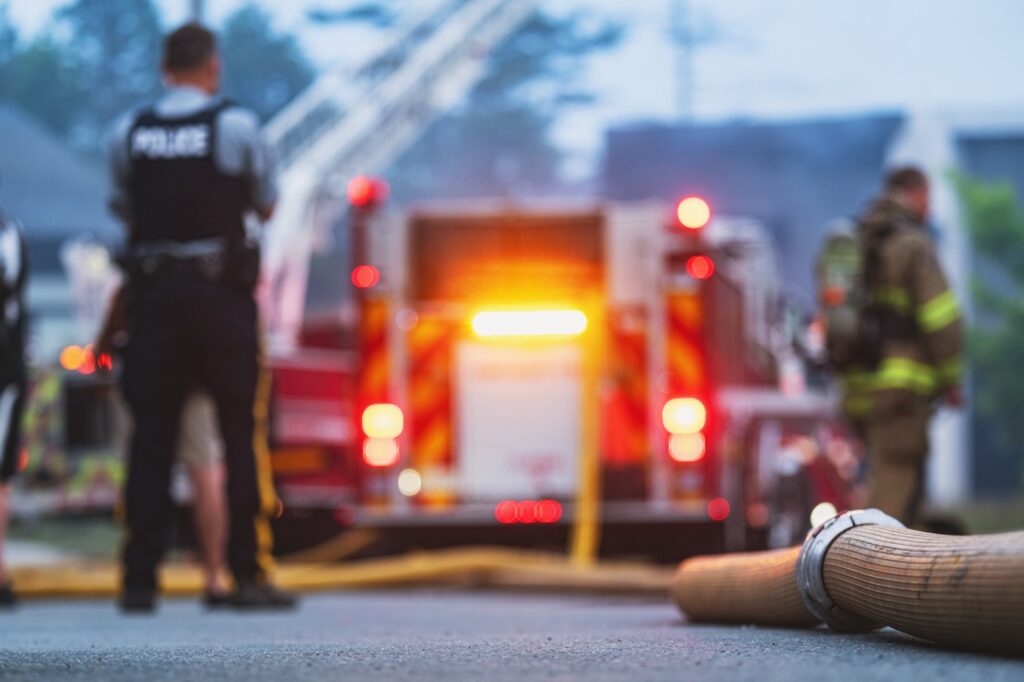
Elder Abuse Photography Tips
What to Photograph
- Injuries
- Medications (labels, contents)
- Living quarters of the victim
- Refrigerator contents
- Bedroom, including sheets
- Incontinence supplies
- Any evidence of lack of hygiene, such as: finger & toenails; clothes; body filth; open sores
Measure Injuries
- Measure and date any visible injuries
- Act quickly! The appearance of injuries changes quickly—in a matter of hours or days
- Photograph and note the instrument you’re using to measure (ruler, tape measure, pen, quarter)
- Photograph length, width and depth, if possible
- When photographing the injury be sure the measurement device is in the photo
Get Shots from Different Perspectives
- Take photographs from varying perspectives:
- Close-up
- Regional (all affected planes)
- Full body
- Take with and without a ruler
- Be sure to photograph multiple planes
Tips on Lighting
- Avoid backlighting. If you must shoot toward a light, shade the lens.
- Use side lighting to bring out texture, accident damage, tool marks, and irregularities.
- Avoid side lighting when shooting recesses, containers, and closets.
- Front lighting is normally the best in police work. Use it unless three-dimensional details need to be recorded (then use side lighting).
- In sunlit scenes, use the flash to fill in shadows and bring out details.
- Cover the flash with a clean, white handkerchief for close subjects.
Source: Royal Canadian Mounted Police, Crime Scene Photography

